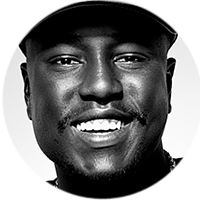Tag: trap golf
Search
About Me
Welcome to DwayneTucker.com! I'm Dwayne Tucker, a lifestyle sports apparel photographer specializing in yoga, golf, equestrian, and portraits. Captivating stories, timeless images, and empowering followers' photography skills await you here.
| M | T | W | T | F | S | S |
|---|---|---|---|---|---|---|
| 1 | 2 | 3 | 4 | 5 | 6 | |
| 7 | 8 | 9 | 10 | 11 | 12 | 13 |
| 14 | 15 | 16 | 17 | 18 | 19 | 20 |
| 21 | 22 | 23 | 24 | 25 | 26 | 27 |
| 28 | 29 | 30 | 31 | |||

